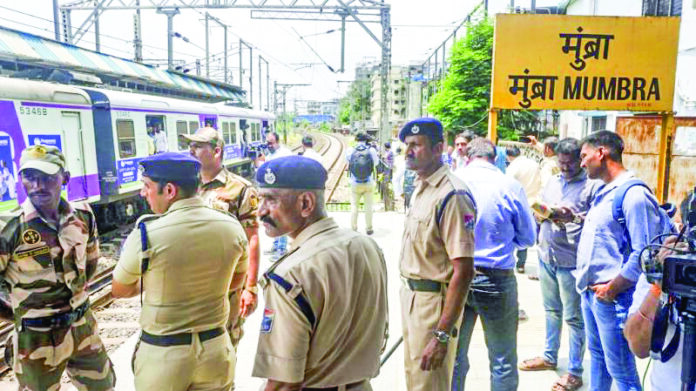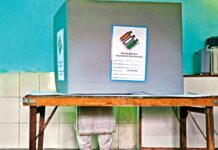Mumbai’s local trains, vital yet overcrowded, face rising fatalities despite safety efforts and new train designs.
NEW DELHI: The journey on Mumbai’s local trains, often called the lifeline of the city, is turning increasingly fatal. Every year, about 2,800 people die on the Mumbai suburban rail route. According to a GRP report, in the last 11 years, 29,970 people have died on this route, while 30,214 have been injured. During the morning rush, the crowded trains sometimes lead to accidents.
A recent tragic example occurred near Mumbra railway station, where four passengers died and nine were injured after falling from a train while two local trains were passing. As usual after such incidents, the Railways formed a high-level committee of five members to investigate the accident. In response, the Railway Ministry made a significant announcement regarding suburban passenger safety.
Railway Ministry spokesperson Dilip Kumar told The Sunday Guardian that following the incident, the Railway Minister and Railway Board officials held detailed discussions with the ICF team to find practical solutions for the issue of automatic door closing on Mumbai’s non-AC local trains. The primary concern with automatic doors in these trains is the risk of suffocation due to reduced ventilation. After extensive talks, it was decided that new non-AC trains will be designed and manufactured with three key improvements to improve ventilation: the doors will feature louvres, the coaches will be equipped with roof-mounted ventilation units to pump in fresh air, and vestibules will be added to the coaches to allow passengers to move between them, helping to naturally balance the crowd.
The first train with this new design will be ready by November 2025. After necessary tests and certification, it will enter service by January 2026. This initiative is in addition to the 238 AC trains currently being manufactured for suburban services. Travelling on Mumbai’s suburban trains daily is no less than a battle for passengers. Many are forced to travel at the gates or hang on precariously just to reach their offices.
The scale of this struggle is evident from the sheer number of passengers. Central Railway Chief Public Relations Officer (CPRO) Swapnil Nila told The Sunday Guardian that out of 164 trains running daily on the suburban route, 1,810 trips of 139 trains carry 39.6 lakh passengers to their destinations every day. Breaking it down further, 894 train trips run on the main line from CSMT to Kalyan railway station, 614 trips operate on the Harbour Line route from CSMT to Panvel, 262 trips run from Trans Harbour Thane to Vashi, and 40 train trips run from Belapur to Uran. By April 2025, an average of 10,69,772 tickets are booked daily, and 38,56,359 passengers travel on these trains daily.
Despite this massive footfall, the railways earn only around Rs 4,28,86,606 per day from these journeys. Across 113 railway stations of Mumbai Suburban, there is an average daily footfall of 78,01,954 people, including those using UTS and PRS services—more than 78 lakh people reach these stations every day.
Sources in the Railway Ministry say that Mumbai Suburban Railways incurs losses running into crores of rupees daily, yet the ministry continues to prioritise passenger safety as part of its social responsibility. Now, following the Mumbra accident, the Railway Ministry has promised to start 238 new AC trains and introduce newly designed non-AC trains next year. It remains to be seen whether these trains will provide timely, safe services for Mumbai’s rail passengers—or if the city will face yet another tragic accident.








